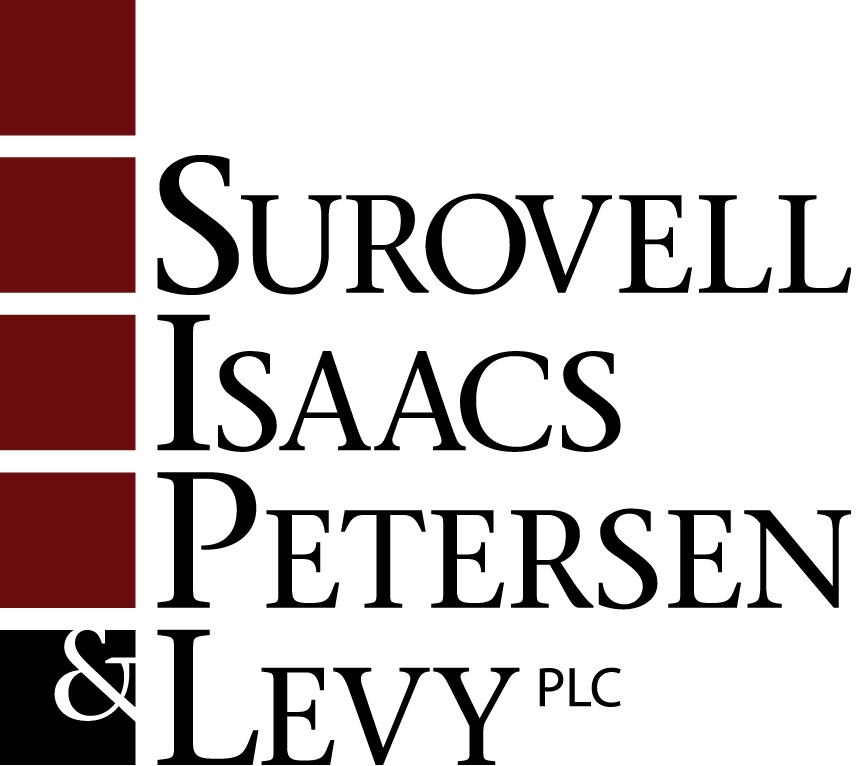In re Hixon; Case No. 11-30850-DOT; September 9th, 2011
The Trustee objected to the the chapter 13 plan on the grounds that the plan or petition was not filed in good faith under 11 USC 1325(a)(5) and (a)(7).
The Trustee alleged that the petition and plan were not filed in good faith because the only debt being dealt with in the proposed plan was previously excepted from discharge in the debtor’s 2010 chapter 7 case. In that case, the debtor entered into a consent judgment excepting from discharge indebtedness of amounts owed to a creditor pursuant to the fraud exceptions of sections 523(a)(2)(A) and (a)(4).
Before a court can approve a chapter 13, the court must find that the plan was “proposed in good faith.” 11 U.S.C. 1325(a)(3). The burden is on the debtor and the factors to be considered are as followed:
(1) percentage of the proposed repayment;
(2) debtor’s financial situation;
(3) the period of time payment will be made;
(4) debtor’s employment history and prospects;
(5) that nature and amount of unsecured claims;
(6) debtor’s past bankruptcy filings;
(7) debtor’s honesty in representing facts; and
(8) any unusual or exceptional problems facing the particular debtor.
Deans v. O’Donnell, 692 F.2d 968, 973 (4th Cir. 1982).
The 4th Circuit has also held that pre-filing conduct and whether a claim is non-dischargeable under chapter 7 are also factors in evaluating a debtor’s good faith. Neufeld v. Freeman, 794 F.2d 149, 152 (4th Cir. 1986). Using these factors, the court must examine the “totality of circumstances” in each case to determine if the proposed plan violates the purpose or spirit of chapter 13.
The Trustee argued that the sole purpose of the plan was to delay payment of the nondischargeable debt. The debtor admitted that the purpose of the filing is to relieve him from the “garnishment and other judgment collection methods.” The court noted that it had previously examined similar circumstances and found that bad faith existed when a debtor proposed a low percentage repayment on a debt that was found to be nondischargeable under section 523(a)(2).
The Court noted the presence of several indicia of bad faith, including a low payout percentage, nondischargeable debt incurred by fraud, and a pending chapter 7 case that does not relieve him of that debt. The court found that nothing about this plan served to give the debtor a fresh start, which is the primary goal of bankruptcy laws but instead, only reduced payments to which the creditor was entitled to under his judgment and garnishment, the only function of which is to frustrate Roberts’ collection efforts.
The Trustee also raised the issue of good faith under section 1325(a)(7) to which the court found that the same good faith criteria found in Deans v. O’Donnell and, likewise, reached the same conclusion: neither the plan nor the petition were filed in good faith.
